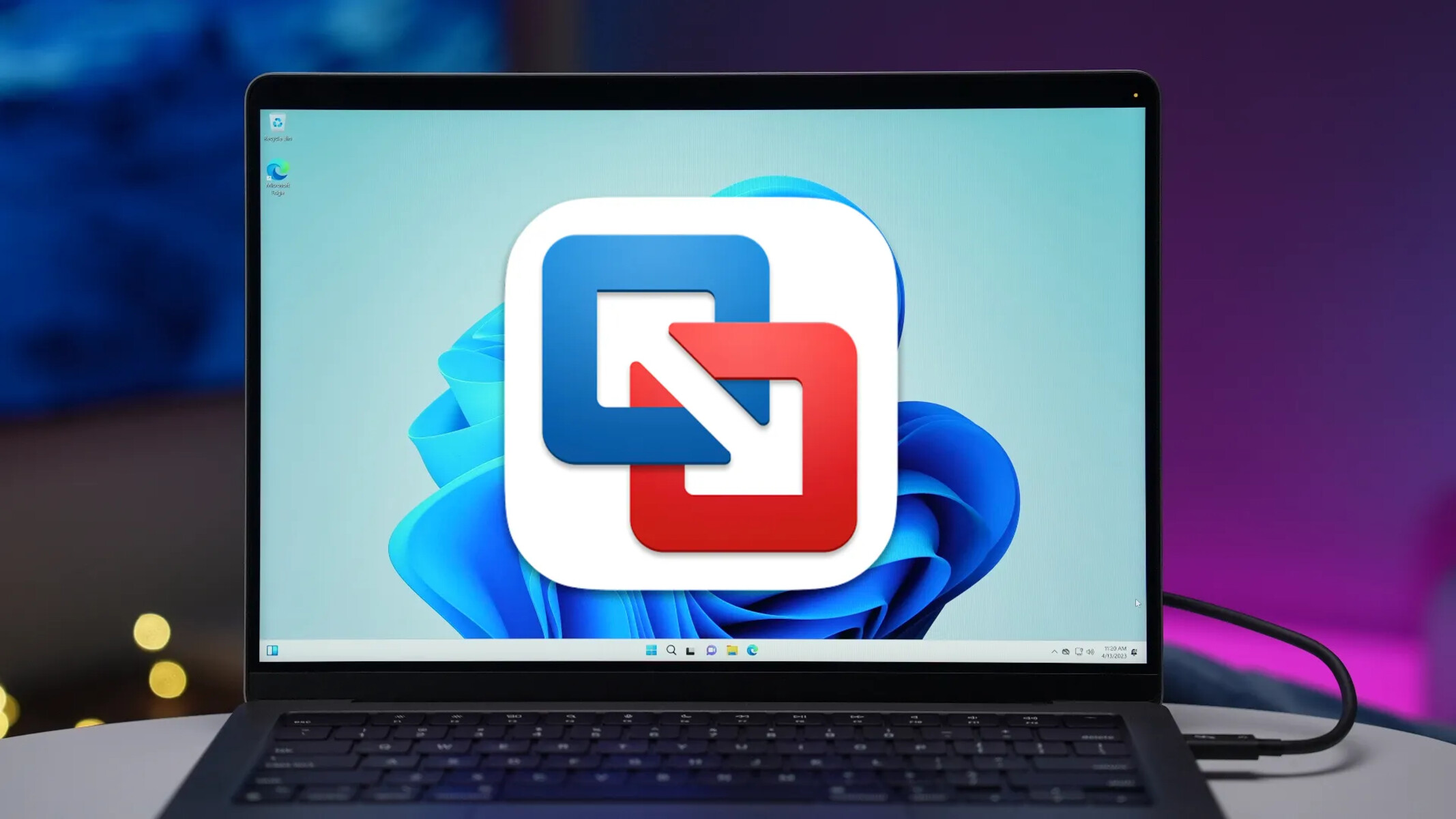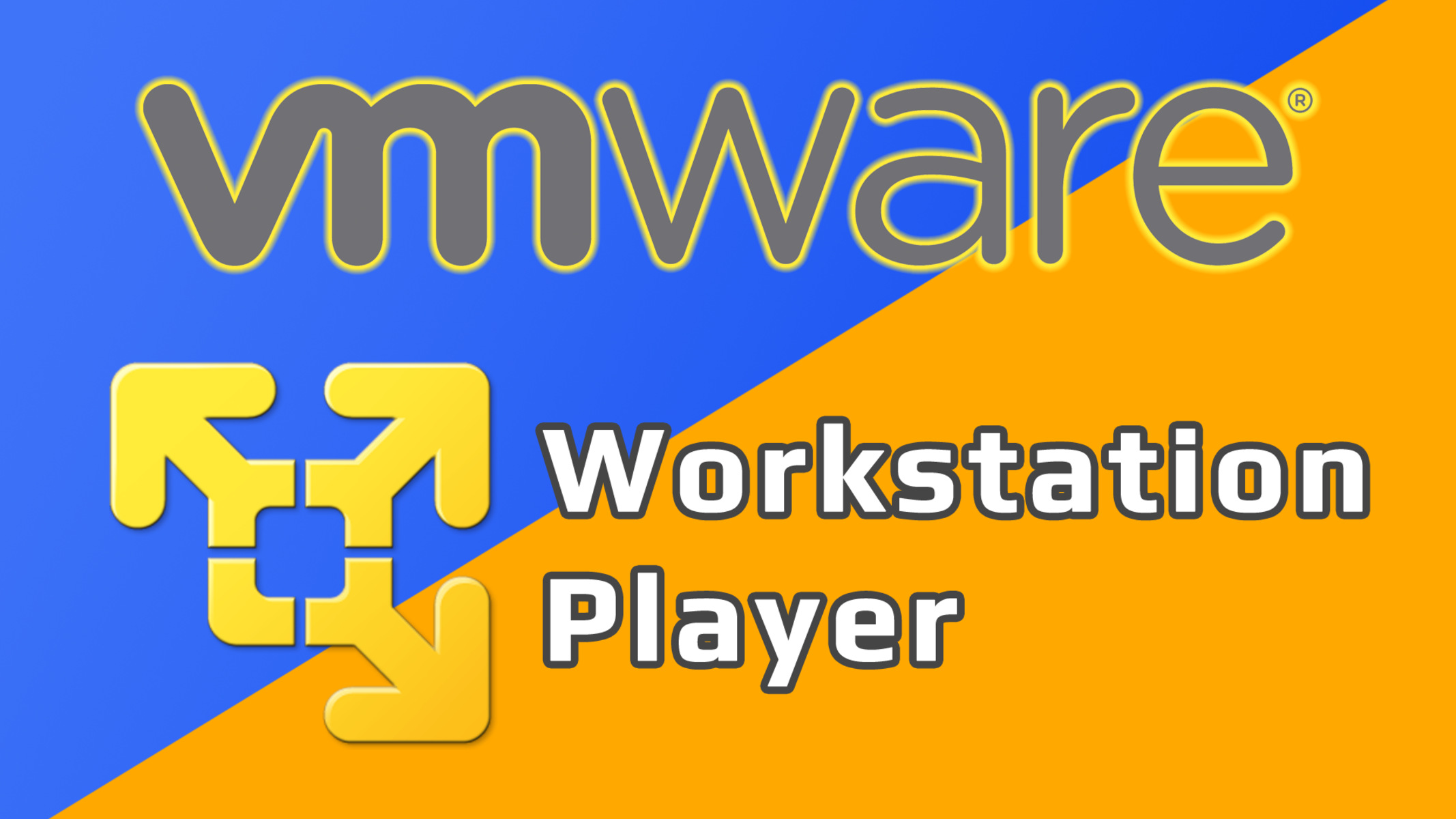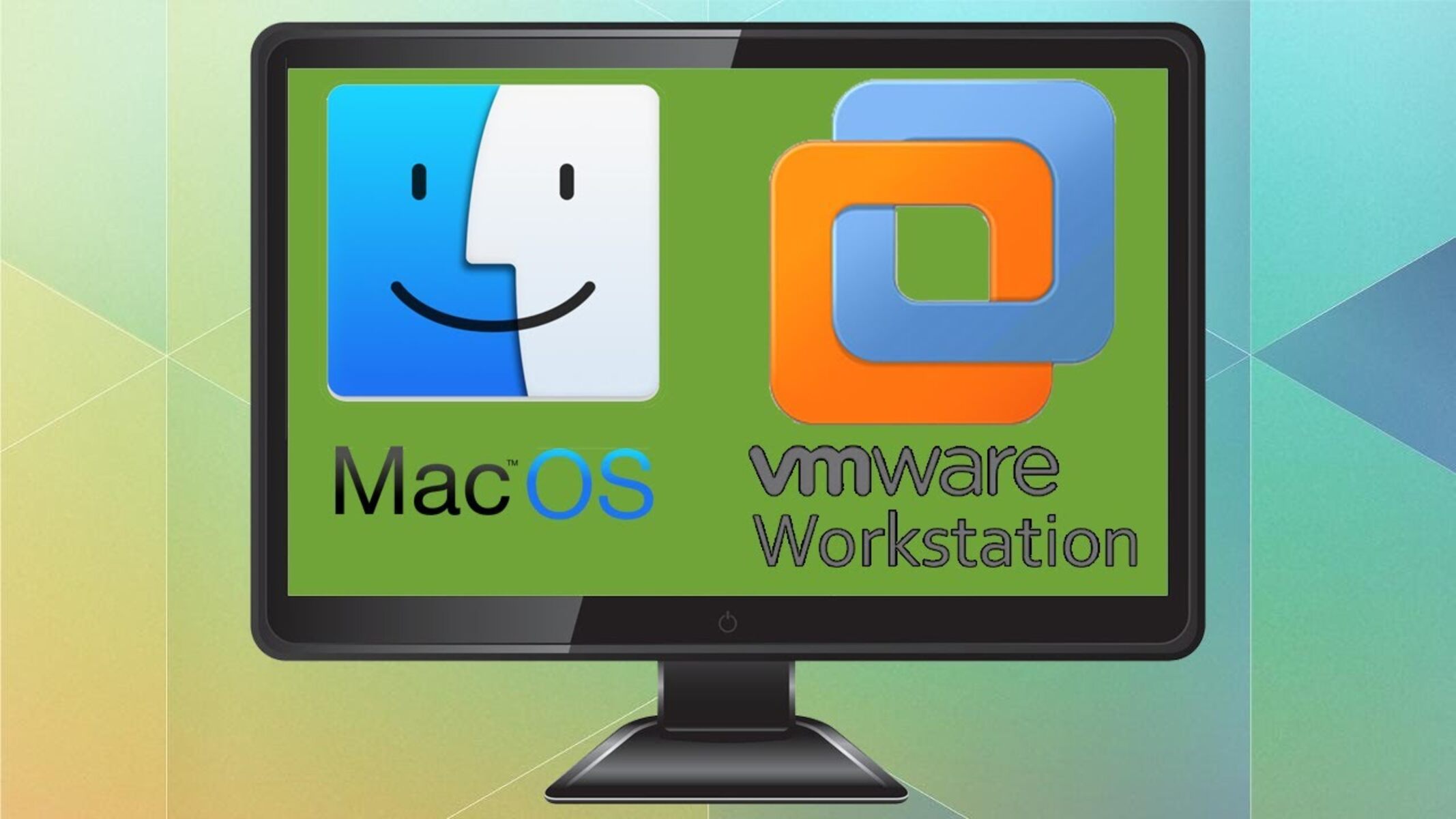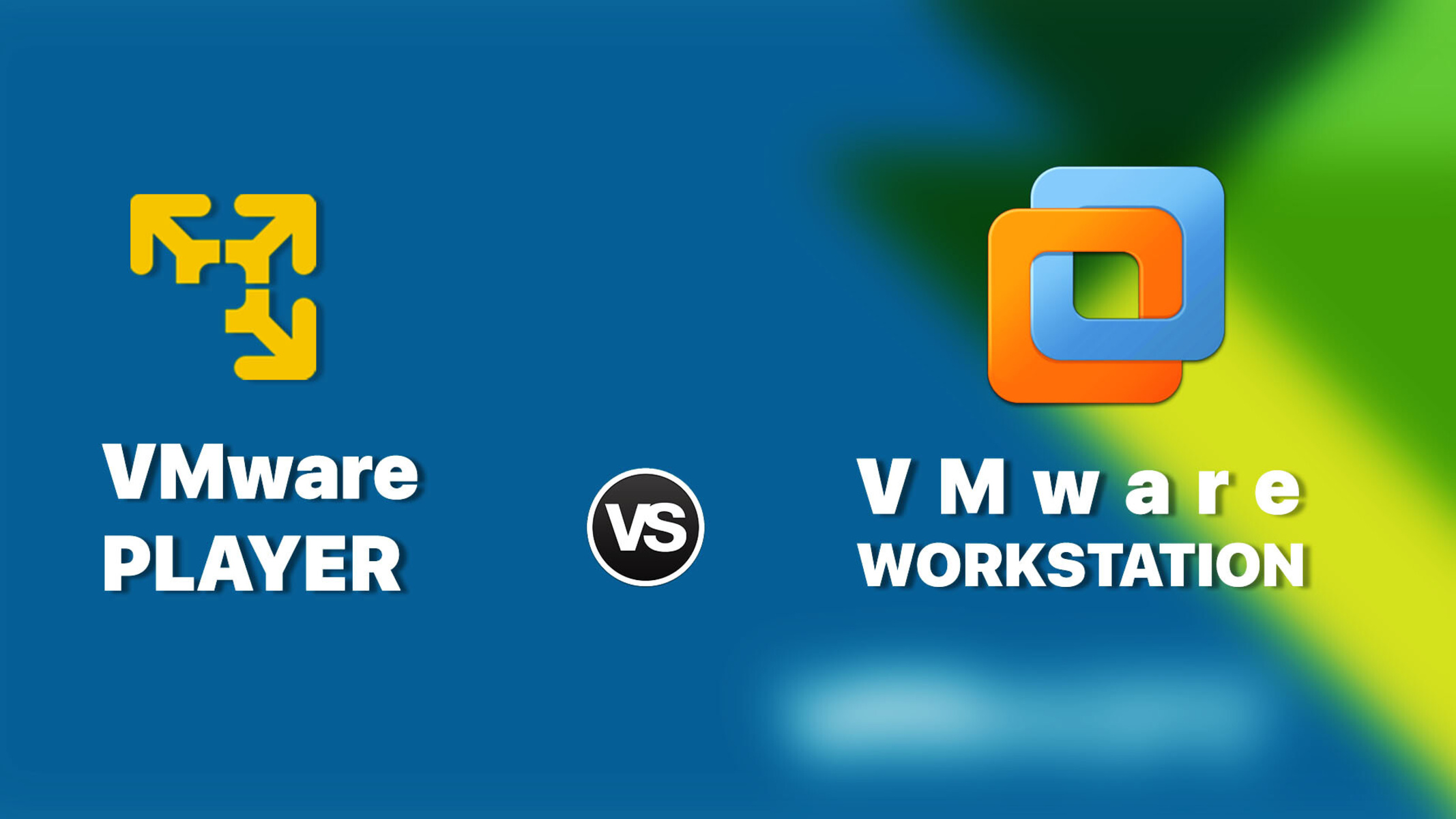Introduction
Welcome to the world of virtualization! VMware Workstation is a popular virtualization software that allows you to run multiple operating systems on a single physical machine. One of the most useful features of VMware Workstation is the ability to take snapshots of your virtual machines.
Snapshots are essentially “pictures” of the current state of your virtual machine. They capture everything from the operating system to the installed applications and files. With snapshots, you can easily revert to a previous state of your virtual machine, eliminating the need to manually reinstall applications or roll back system configurations.
In this guide, we will dive into the world of snapshots and explore how to take snapshots, manage them, and use them effectively in VMware Workstation.
Before we delve into the details, it is important to note that snapshots consume disk space. As you take more snapshots, the disk space usage will increase, so it’s crucial to manage your snapshots wisely and periodically delete or consolidate them.
Now, without further ado, let’s get started with understanding snapshots in VMware Workstation and how you can leverage them to streamline your virtual machine management.
Understanding Snapshots
Before we learn how to create and manage snapshots in VMware Workstation, it’s essential to have a clear understanding of what snapshots are and how they work.
A snapshot in VMware Workstation is a point-in-time representation of a virtual machine’s state. It captures the entire virtual machine’s disk files, memory, virtual hardware, and settings. When you take a snapshot, you’re essentially creating a copy of your virtual machine that you can revert back to at any time.
When you take a snapshot, the current state of the virtual machine is preserved, and any changes made after the snapshot creation are saved in a separate file. This allows you to experiment with different configurations, install new software, or make changes to your virtual machine without worrying about the consequences. If something goes wrong or you want to revert back to the previous state, you can simply revert or delete the snapshot, and your virtual machine will be restored back to that snapshot’s state.
It’s important to note that taking a snapshot does not interrupt the operation of the virtual machine. The virtual machine keeps running as usual, and you can continue working on it while the snapshot is being taken.
Each snapshot is identified by a name and a description, allowing you to easily differentiate between multiple snapshots of the same virtual machine. You can also add notes to snapshots to provide additional context or reminders about the state of the virtual machine at that particular point in time.
Additionally, VMware Workstation provides the ability to take multiple snapshots in a hierarchical manner. This means you can create snapshots within snapshots, creating a branching timeline of different states for your virtual machine. This hierarchical structure allows for even more flexibility and granular control over the snapshots.
Now that we have a solid understanding of what snapshots are, let’s move on to the next section and learn how to create snapshots in VMware Workstation.
Creating a Snapshot in VMware Workstation
Creating a snapshot in VMware Workstation is a simple and straightforward process. Here’s a step-by-step guide on how to create a snapshot:
- Make sure the virtual machine you want to take a snapshot of is powered on.
- In the VMware Workstation interface, select the virtual machine from the library on the left-hand side.
- Click on the “Snapshot” button located on the toolbar or go to the “VM” menu and select “Snapshot”.
- A dialog box will appear. Enter a descriptive name and an optional description for the snapshot. Adding a description can help you remember the purpose or significant changes made at that stage.
- Click “Take Snapshot” to create the snapshot.
When the snapshot creation process completes, you will see a new snapshot listed in the “Snapshots” pane in VMware Workstation. The newly created snapshot will represent the current state of your virtual machine at the time of snapshot creation.
It’s worth noting that taking a snapshot might cause a temporary freeze or slight performance slowdown in the virtual machine as the current memory state is saved. The duration of the freezing or slowdown depends on the size and complexity of the virtual machine.
Once the snapshot is created, you can continue making changes to your virtual machine, such as installing software, making system modifications, or running tests, without worrying about the consequences. If anything goes wrong or you want to revert back to the previous state, you simply need to restore the snapshot.
Now that you know how to take a snapshot, let’s move on to the next section and explore how to manage snapshots effectively in VMware Workstation.
Managing Snapshots
Efficiently managing your snapshots in VMware Workstation is essential to ensure smooth virtual machine operation and optimize disk space usage. Let’s explore some key techniques for managing snapshots effectively:
- Viewing and Navigating Snapshots: In the VMware Workstation interface, you can see a hierarchy of snapshots for each virtual machine in the “Snapshots” pane. You can expand or collapse the snapshot tree to navigate to a specific snapshot. This view allows you to visualize the timeline of snapshots and easily switch between different states of your virtual machine.
- Snapshot Information: By right-clicking on a snapshot, you can view detailed information about that particular snapshot, including its name, description, date and time of creation, and any attached notes. This information can provide valuable context when managing snapshots.
- Reverting to a Snapshot: If you want to restore your virtual machine to a previous state, you can simply right-click on the desired snapshot and select “Go to” or “Revert to”. This action will restore the virtual machine to the selected snapshot’s state, discarding any changes made after that snapshot’s creation.
- Deleting Snapshots: As you continue to work with your virtual machine and take new snapshots, it’s important to periodically manage your snapshots to optimize disk space. To delete a snapshot, right-click on the snapshot and select “Delete”. Deleting a snapshot consolidates all the changes made after that snapshot into the previous state of the virtual machine.
- Snapshot Manager: VMware Workstation provides a Snapshot Manager that allows you to perform advanced management tasks, such as renaming snapshots, creating new snapshot branches, and managing the snapshot hierarchy efficiently. To access the Snapshot Manager, go to the “VM” menu and select “Snapshot Manager”.
- Snapshot Cloning: If you want to create a new virtual machine based on a specific snapshot, you can use the cloning feature in VMware Workstation. Cloning a snapshot creates an independent copy of the virtual machine, allowing you to experiment or test new configurations without affecting the original virtual machine.
By following these management techniques, you can effectively organize and utilize your snapshots to streamline your virtual machine management and workflow.
Now that we have covered the basics of managing snapshots, let’s proceed to the next section and learn how to restore a snapshot in VMware Workstation.
Restoring a Snapshot
In VMware Workstation, restoring a snapshot allows you to revert your virtual machine back to a previous state, undoing any changes made after the snapshot was taken. This feature is incredibly useful when you want to quickly undo system modifications, test different configurations, or troubleshoot issues. Here’s how you can restore a snapshot:
- In the VMware Workstation interface, select the virtual machine for which you want to restore a snapshot.
- Navigate to the “Snapshots” pane and locate the snapshot you want to restore.
- Right-click on the desired snapshot and choose the “Go to” or “Revert to” option.
- A confirmation message will appear, warning you that restoring the snapshot will revert the virtual machine to its previous state. Make sure to save any important work before proceeding.
- Click “Yes” to confirm and begin the restoration process.
- The virtual machine will restart, and all changes made after the selected snapshot will be discarded. Once the restoration is complete, the virtual machine will be in the exact state it was at the time the snapshot was taken.
It’s important to note that restoring a snapshot can take some time, depending on the size and complexity of the virtual machine. During the restoration process, the virtual machine may experience temporary freezing or slowdowns.
Restoring a snapshot gives you the freedom to experiment and make changes to your virtual machine without the fear of irreversible consequences. It allows you to try different configurations, test software installations, and explore new ideas with the peace of mind that you can always revert back to a stable state.
Now that you know how to restore a snapshot, let’s move on to the next section and learn how to delete a snapshot in VMware Workstation.
Deleting a Snapshot
Deleting a snapshot in VMware Workstation allows you to remove a specific snapshot and consolidate the changes made after that snapshot into the previous state of your virtual machine. This not only helps in optimizing disk space but also simplifies the snapshot hierarchy. Here’s a step-by-step guide on how to delete a snapshot:
- Select the virtual machine for which you want to delete a snapshot in the VMware Workstation interface.
- Navigate to the “Snapshots” pane and locate the snapshot you wish to delete.
- Right-click on the target snapshot and choose the “Delete” option.
- A confirmation dialog will appear, displaying the name and description of the snapshot you are about to delete. Take a moment to ensure that you have selected the correct snapshot.
- Click “Delete” to proceed with deleting the snapshot.
- The deletion process may take some time, depending on the size of the snapshot. During this time, the virtual machine might experience a temporary slowdown or freeze.
- Once the snapshot is deleted, the changes made after that snapshot’s creation will be consolidated into the previous state of the virtual machine.
It’s important to note that deleting a snapshot is an irreversible action. Once a snapshot is deleted, it cannot be recovered. Therefore, it’s recommended to make sure you have a backup or are certain about removing the snapshot before proceeding.
Regularly deleting unnecessary snapshots is crucial for efficient disk space management. The more snapshots you have, the more disk space is consumed. It’s a good practice to periodically evaluate your snapshots, considering factors such as their usefulness, age, and impact on storage capacity.
Now that you have learned how to delete a snapshot, let’s move on to the next section and explore some best practices for working with snapshots in VMware Workstation.
Snapshot Best Practices
Effective management of snapshots in VMware Workstation involves following certain best practices to ensure smooth operation, optimal performance, and efficient use of disk space. Here are some snapshot best practices to keep in mind:
- Plan and Document: Before taking snapshots, plan and document the purpose or goal for each snapshot. Having a clear understanding of why and when you are taking a snapshot will help you manage them more effectively.
- Limit Snapshot Depth: Avoid creating excessive levels of snapshots within snapshots. Deeply nested snapshots can lead to increased complexity and longer restoration times. Instead, consider consolidating or deleting unnecessary snapshots when they are no longer needed.
- Periodically Evaluate Snapshots: Regularly review your snapshots and evaluate their usefulness. Remove snapshots that are no longer needed or relevant, freeing up disk space and improving overall performance.
- Monitor Disk Space: Keep an eye on the disk space utilization of your virtual machines. Snapshots consume disk space, and excessive usage can lead to performance issues or even prevent the creation of new snapshots. Consider allocating appropriate storage resources or utilizing disk space management utilities.
- Backup Before Snapshot Actions: It’s always a good practice to create a backup of critical data or take a snapshot of the virtual machine before performing major actions, such as installing new applications or making significant system changes. This ensures that you have a safety net in case something goes wrong during the process.
- Document and Communicate Snapshots: Make it a habit to document and communicate the purpose or state of each snapshot to your team members or other stakeholders involved in the virtual machine management. This helps in maintaining clarity and facilitates better collaboration.
- Regularly Test Snapshot Restoration: Periodically test the restoration process of your snapshots to ensure they are functioning as intended. This helps you verify the validity of your snapshots and provides confidence in being able to recover from potential issues or failures.
By following these best practices, you can maintain a well-organized snapshot environment, optimize the use of resources, and ensure the smooth operation of your virtual machines in VMware Workstation.
With this knowledge in mind, we have covered the important aspects of working with snapshots in VMware Workstation. Let’s conclude this guide by summarizing the key learnings and benefits of utilizing snapshots.
Conclusion
Congratulations! You have now gained a solid understanding of snapshots and their management in VMware Workstation. Snapshots are an invaluable tool for virtual machine management, allowing you to capture and revert to specific points in time, experiment with different configurations, and simplify troubleshooting processes.
In this guide, we explored the process of creating a snapshot, managing snapshots effectively, restoring a snapshot to a previous state, and deleting unnecessary snapshots. We also discussed important best practices such as planning and documenting snapshots, limiting snapshot depth, regularly evaluating snapshots, monitoring disk space, and documenting and communicating snapshots.
By following these best practices, you can ensure smooth operation, optimize performance, and make efficient use of disk space in your virtual machine environment.
Remember, snapshots are not a substitute for regular backups. While they provide a convenient way to revert to previous states, it’s essential to have a proper backup strategy in place for critical data and applications.
Continue to explore and experiment with VMware Workstation’s snapshot capabilities to gain confidence in managing your virtual machines effectively. As you become more comfortable with snapshots, you’ll be able to take full advantage of their benefits, including streamlined testing and development, simplified rollback processes, and faster troubleshooting.
We hope this guide has provided you with valuable insights and tips for working with snapshots in VMware Workstation. If you have any further questions or need assistance, consult VMware’s official documentation or reach out to the vibrant virtualization community for support.
Happy virtual machine management!

























